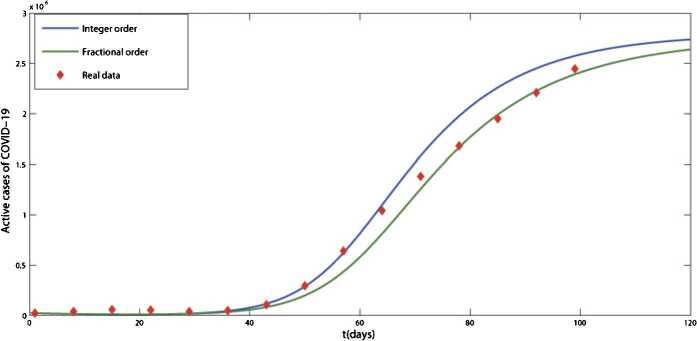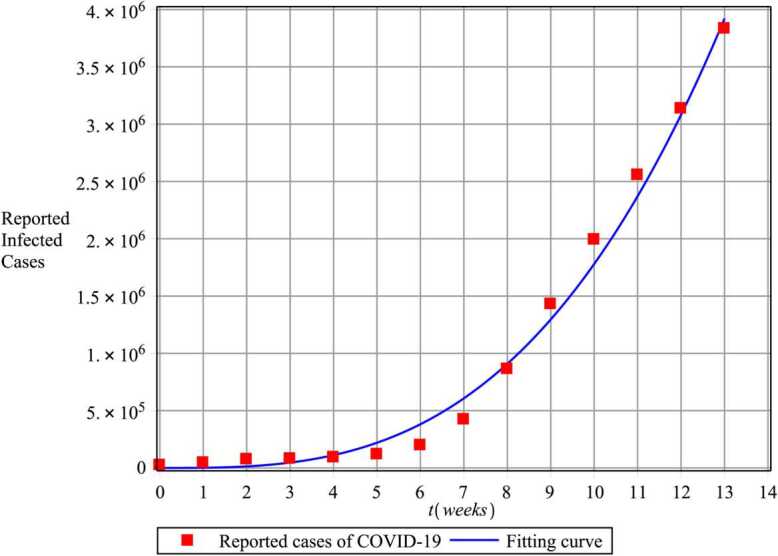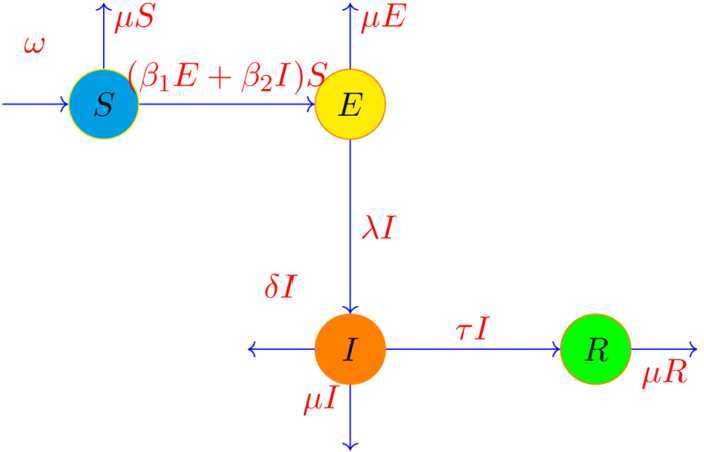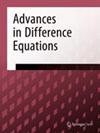利用分数阶Caputo导数建立新冠肺炎传播的SEIR流行病模型。
IF 4.1
3区 数学
Q1 Mathematics
Advances in Difference Equations
Pub Date : 2020-01-01
Epub Date: 2020-09-14
DOI:10.1186/s13662-020-02952-y
引用次数: 77
摘要
我们使用Caputo分数导数为新冠肺炎的传播提供了SEIR流行病模型。计算了系统的可行域和平衡点,并研究了平衡点的稳定性。利用不动点理论证明了该模型存在唯一解。利用分数欧拉方法,得到了模型的近似解。为了预测新冠肺炎在伊朗和世界范围内的传播,我们提供了基于真实数据的数值模拟。本文章由计算机程序翻译,如有差异,请以英文原文为准。



SEIR epidemic model for COVID-19 transmission by Caputo derivative of fractional order.
We provide a SEIR epidemic model for the spread of COVID-19 using the Caputo fractional derivative. The feasibility region of the system and equilibrium points are calculated and the stability of the equilibrium points is investigated. We prove the existence of a unique solution for the model by using fixed point theory. Using the fractional Euler method, we get an approximate solution to the model. To predict the transmission of COVID-19 in Iran and in the world, we provide a numerical simulation based on real data.
求助全文
通过发布文献求助,成功后即可免费获取论文全文。
去求助
来源期刊
自引率
0.00%
发文量
0
审稿时长
4-8 weeks
期刊介绍:
The theory of difference equations, the methods used, and their wide applications have advanced beyond their adolescent stage to occupy a central position in applicable analysis. In fact, in the last 15 years, the proliferation of the subject has been witnessed by hundreds of research articles, several monographs, many international conferences, and numerous special sessions.
The theory of differential and difference equations forms two extreme representations of real world problems. For example, a simple population model when represented as a differential equation shows the good behavior of solutions whereas the corresponding discrete analogue shows the chaotic behavior. The actual behavior of the population is somewhere in between.
The aim of Advances in Difference Equations is to report mainly the new developments in the field of difference equations, and their applications in all fields. We will also consider research articles emphasizing the qualitative behavior of solutions of ordinary, partial, delay, fractional, abstract, stochastic, fuzzy, and set-valued differential equations.
Advances in Difference Equations will accept high-quality articles containing original research results and survey articles of exceptional merit.

 求助内容:
求助内容: 应助结果提醒方式:
应助结果提醒方式:


